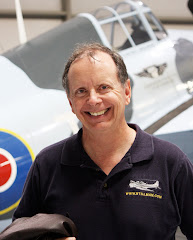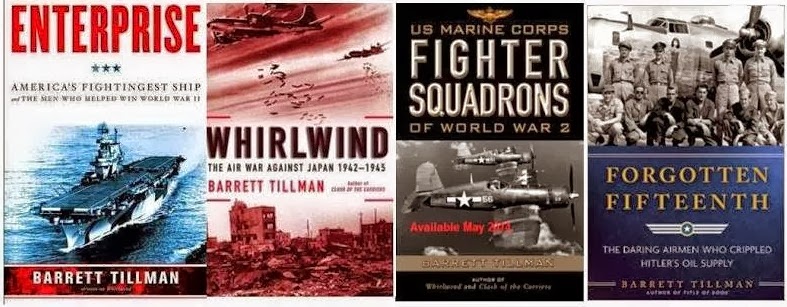“Combat is
a full-contact sport.”
That’s the
sentiment of a late friend and coauthor, a two-war warrior who survived Korea
on the ground and Vietnam in the air. He
was good for a five-minute rant when he saw the 1990s TV commercial of a female
Soldier tapping on her battlefield laptop, “No enemy is going to get the best
of my outfit!”
John was
livid because, in his words, extremely few women can hack the program as
genuine combat infantrymen.
Now here we
are far downstream and we’re still flailing in sexual waters. The
Arizona Republic headlined on December 2:
“Marine Pioneers Push to Place Women in Combat.” Meanwhile, the marines’ only two women who entered the
13-week infantry training course at Quantico, Virginia, both failed. As of this month, no further females have
applied.
However, in November four military
females—two army and two marine—sued the secretary of defense regarding the law
excluding women from combat units.
Here’s a
link:
http://www.stripes.com/news/women-sue-panetta-over-combat-exclusion-1.198571
The women claim that the “combat
exclusion” clause is somehow unconstitutional.
Moreover, presumably the policy “sends a clear message to the world that women are not
capable of serving their country to the same extent as men.”
Well, if
we’re talking physical differences between the “genders” (“sex” has long since
disappeared from military argot) the answer is OF COURSE THEY’RE NOT AS
PHYSICALLY CAPABLE. How many women can
hump an 80-pound ruck plus weapon and ammo uphill all day? Damn few men can do it. But we have “gender norming” to help even the
military playing field in favor of humans whom God or Nature selected as
physically weaker than males. Not even
the United States Government can change that.
The notion of some sort of DoD glass
ceiling that prevents noncombatants from attaining high rank is, to put it
delicately, batguano. The pentagon is
stuffed to the rafters with star wearers who've never been shot at anymore than
I have. (Though come to think on it, I was downrange of some idiot bird
hunters who dusted me with No. 7 shot a time or three...)
The navy has been run by noncombatants
for decades—submariners and surface officers. The air force's mission has
far less to do with air combat than with airlift so I don't hold that against
the blue suits. And I've seen photos of a "highly decorated female
marine lieutenant general." Yes, there are such things--she had more
ribbons than Five-Star General Eisenhower (who was never shot at either.)
For that matter, let’s check some other senior military
leaders.
General of the Army George C. Marshal, WW II chief of
staff. Went to Europe in the Great War,
serving as a staff planner. No combat.
General of the Army Henry H. Arnold, chief of the Army
Air Forces in WW II. No combat.
Fleet Admiral Ernest J. King, chief of naval operations
who ran the world’s biggest navy in WW II.
Observed some British operations in WW I.
Fleet Admiral Chester Nimitz, commander of the U.S.
Pacific Fleet in WW II. No combat.
Fleet Admiral William F. Halsey. He saw Atlantic service in The Great War but
no combat before WW II.
Clearly, combat experience is irrelevant to the highest
echelons of the U.S. military. Meanwhile,
we’re left to ponder upon the reality of young American females in a field
environment.
I’ m not going to delve into the psychological aspects of
Women In Combat—Unit Cohesion and Male Bonding and Stuff. Instead, we should focus on the more
immediate concerns—what women are capable of doing physically. Rather than default to the rhetorical level
(“How many women can go a round with Mike Tyson?”) let’s look at some specific
examples over the past 30 years.
This comes from Mark Morgan, a Washington National Guardsman
from 1998 to 2002. “There was a big uproar back when the Army
proudly announced it was making its physical fitness/testing standards tougher
in order to improve the health and stamina of the force...and then promptly
raised the standards for those of us over 40, leaving the 20-30-somethings with
the same semi-low standards. Needless to say, it didn't go over too well with
us old(er) troops.”
Reportedly “Big Army” used to claim it had the same
standards for men and women because the required running times were
identical—for 18 year old females and 50-something males.
This comes from Ken Ferguson, a
former commercial pilot:
“When I was at Fort Rucker during
1981 the obstacle course was ‘gender normed.’ There were little ladders for the use of small
troopies to aid in getting over walls and such. If that was too hard or too scary, they could
just go around. We all knew it was just
a crock.”
Note that we are not trying to deny
women access to the military profession.
Truth be told, we cannot maintain enough (excuse the term) manpower
without females, who comprise about 15% of active and reserve component
personnel.
Nor are we dissing some females’
ability to perform in ground combat.
There were at least two examples in Iraq when women dismounted from
stalled vehicles and killed the enemy with rifle fire. I know several women I’d feel completely
comfortable watching my back in a gunfight.
No doubt some readers do, too.
But fighting is the least of it: in the infantry world, it’s about
strength, stamina, and endurance.
Sexual politics is of course not
limited to the military. In the 1970s a
San Francisco (where else?) judge ruled against a fire department's physical
fitness test as Discriminatory. The trainee who filed the complaint (one
firefighter said she um bitched about it) could lift and carry 75 pounds so the
judge said that was the new standard. The chief replied, "We don't
have any 75-pound firefighters." Didn’t matter. Wasn't Fair...
So: how about True Equality? How about one physical standard for everyone,
without Gender Norming? Then those
extremely few women who want to carry more than half their body weight uphill
at 8,000 feet while getting shot at can do so, comfortable in the knowledge
that like their male comrades, they can hack the program.



